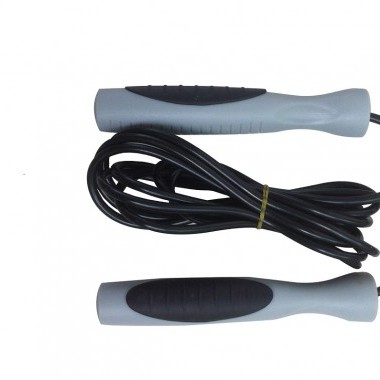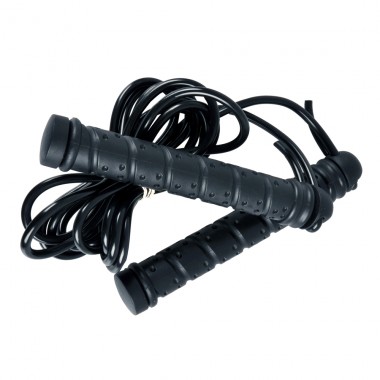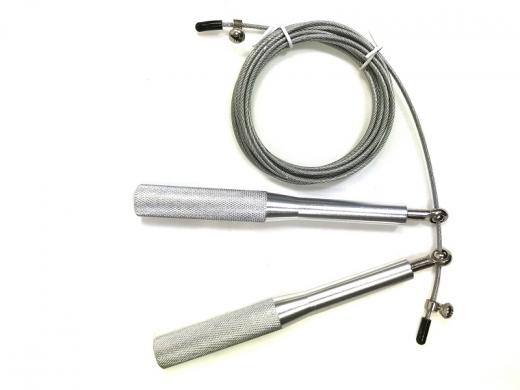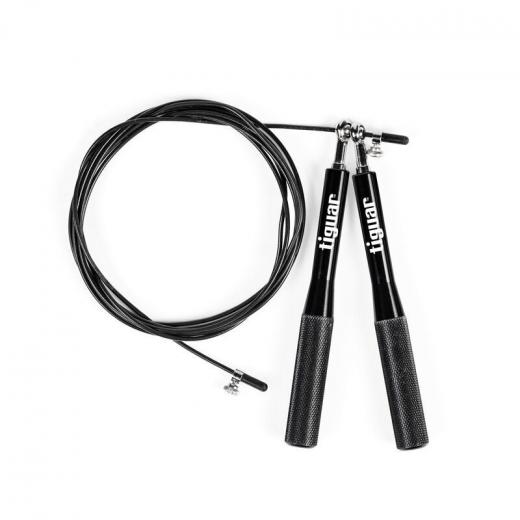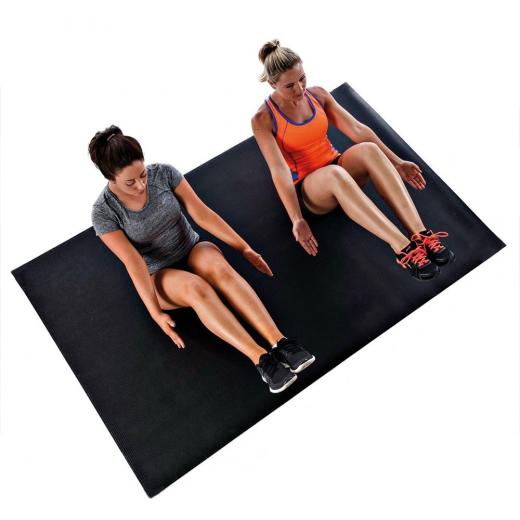Skip your weight away: jump rope training for beginners
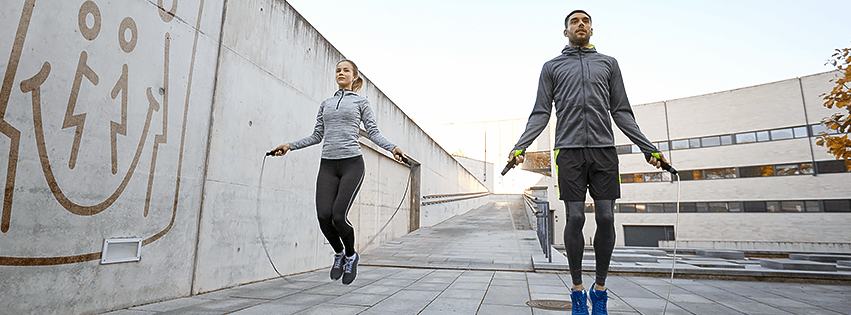
What piece of exercise equipment sells for under €5, fits into a briefcase, can be used by the whole family, and improves cardiovascular fitness while toning muscle at the same time? And using it for just 15-20 minutes will burn off the calories from a candy bar? The answer: a jump rope.
Skipping is one of the simplest, easiest and zero-cost workouts. It can be done anytime, anywhere even in the comfort and convenience of your home. Besides being an effective aerobic exercise it is fun too. So grab that rope and give it a shot. The following benefits are sure to motivate you:
- Effective weight loss. Compared to jogging for 30 minutes, jumping rope actually burns more calories. According to the science, this aerobic exercise can achieve a “burn rate” of up to 1300 calories per hour of vigorous activity, with about 0.1 calories consumed per jump. Ten minutes of jumping rope can roughly be considered the equivalent of running an eight-minute mile.
- Improves cardiovascular health. Your cardiovascular system involves your heart and the arteries and veins that bring blood and oxygen to and from the heart and the rest of the body. Skipping rope leads to better cardio-respiratory improvements, making the heart stronger and allowing it to pump more blood, delivering oxygen and nutrients to your tissues.
- Improves balance and coordination. Skipping regularly improves body flexibility and also aids your coordination and balance. It also helps you gain better concentration as both sides of your brain remain active while skipping.
Getting started
First, you need to purchase a quality rope. The right rope doesn't need to be expensive. The best ropes are made of either straight plastic (commonly called a speed rope) or plastic beads. The speed rope will allow you to maintain a much faster spinning pace.
After getting a rope, you must determine the ideal length. Adjust the rope by holding the handles and stepping on the rope. Shorten the rope so the handles reach your armpits. Wear properly fitted athletic shoes, preferably cross-training shoes.
You'll need a four-by-six-foot area, and about 25 centimeters of space above your head. The exercise surface is very important. Do not attempt to jump on carpet, grass, concrete, or asphalt. While carpet reduces impact, the downside is it grabs your shoes and can twist your ankle or knee. Use a wood floor, piece of plywood, or an impact mat made for exercise.
Skill first, then conditioning
If you haven't jumped rope since third grade, it can be humbling. It demands (and builds) coordination. Initially, you should practice foot and arm movements separately.
- Hold both skipping rope handles in one hand and swing the rope to develop a feel for the rhythm.
- Next, without using the rope, practice jumping.
- Finally, put the two together. You'll probably do well to jump continuously for one minute.
When first jumping rope, it is important that you become proficient with the rope before using it as a conditioning tool. If you have never jumped rope before, you can expect some initial frustration. You must first view your rope sessions as skill workouts.
Start with frequent, yet short jump-rope sessions. For example, start with 20-second intervals on the rope. Just try to skip for 20 seconds without tripping on the rope. Keep the intervals brief, and stop before fatigue mounts. View these sessions as skill-based workouts. You are learning a new skill (rope skipping). The body is much more capable of learning when it is fresh, not fatigued.
Perform these skill emphasis sessions regularly. Frequent practice is recommended. Eventually, you will move past 20 seconds, and begin working with 1, 2, and 3-minute rounds. Many boxers will skip rope for several rounds during each training session. 30-to-60 seconds of rest will separate each round.
Jumping rope is as challenging as you make it. There are endless jumping patterns and styles. There is always a new skill that you can learn to keep the conditioning session enjoyable and challenging!

